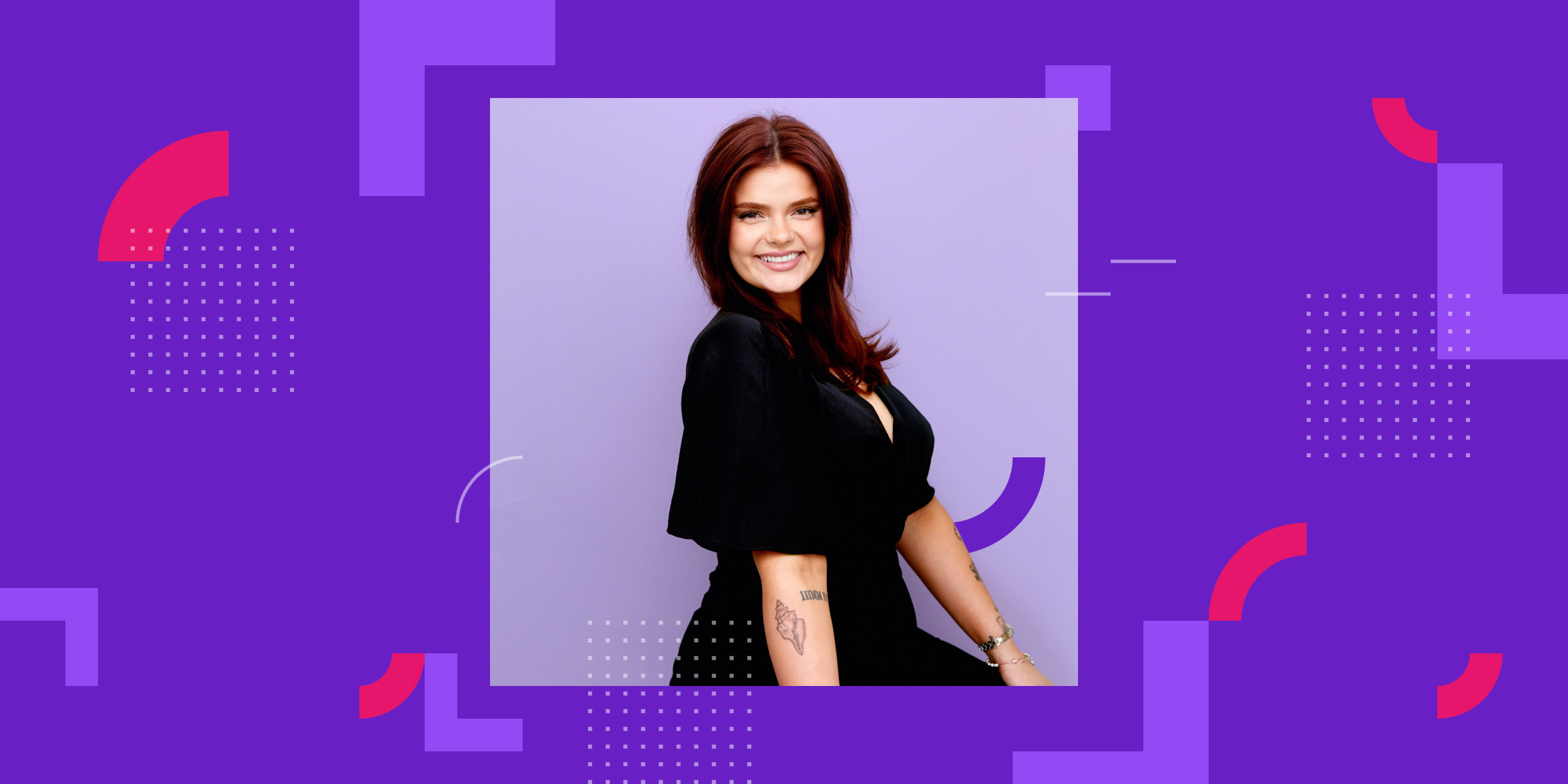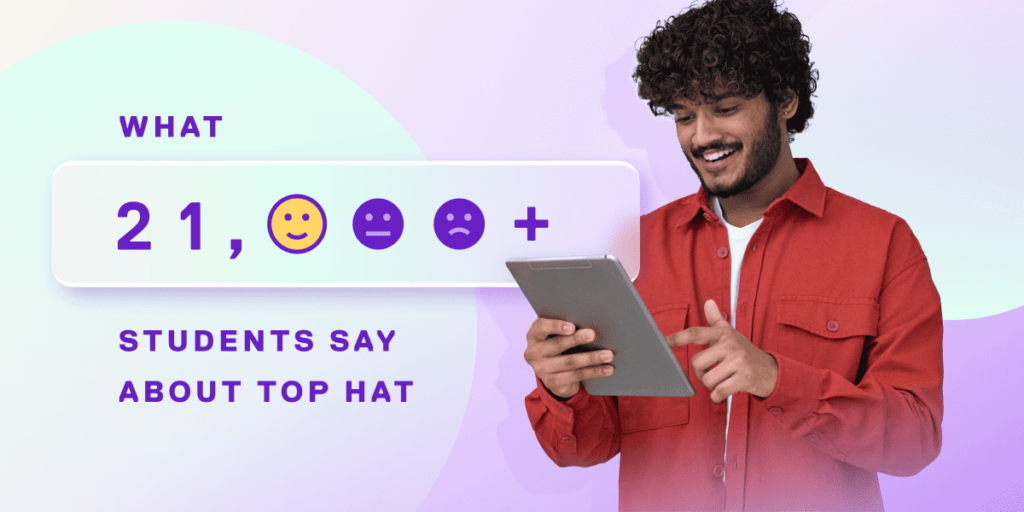Here’s an inconvenient truth for you: University isn’t necessarily designed with every type of student in mind. Unable to focus = careless. Unable to complete readings = looking for an easy way out. Unable to recall information on exams = didn’t study enough. Traditional lectures, tests and course policies aren’t set up in a way that allows all students to thrive. It’s an unfortunate reality that I know all too well.
I graduated with a degree in Sociology from Western University in 2021, and I’m also someone with attention deficit hyperactivity disorder (ADHD). During my education, I experienced first-hand how university is tailored to one learning style only. There were countless learning barriers I had to overcome while studying. But Top Hat—and one instructor in particular who validated my experiences with ADHD—made all the difference in my final year.
“You’re just looking for medication to help you study”
It’s the response I received when visiting a doctor on campus in 2017, which I will never forget. I felt defeated hearing those words. I was told that I was looking for an easy way out given midterm season was just around the corner and that there was nothing really ‘wrong’ with me, despite having trouble maintaining focus and completing simple daily tasks my whole life. I haven’t been to a formal assessment center since I’ve never been in a position to fork over $2,000. That’s been yet another barrier that caused me to feel like a fraud during certain moments in this journey.
Lectures and readings weren’t conducive to learning with ADHD
The first three years of my program were extremely tough. It felt like I was putting in more effort than my peers and getting poorer results, which of course affected my self confidence. As much as I tried, I couldn’t focus or absorb material in lectures that were more than an hour long. Pre-COVID, most of my professors would upload their slideshows to D2L. But more often than not, slides were filled with images or small excerpts of what was discussed in lecture—making it even more challenging to jog my memory after the fact.
Anyone who’s been to university knows that there’s a ton of reading involved, but when you’re expected to read 60 pages and you have an attention problem, it feels next to impossible. Even worse, not all scanned PDF readings could be read aloud from my laptop, which was one saving grace that helped me absorb information better. It just felt like so much was out of my hands. It was only in my final year of university, when COVID hit, that my whole learning experience started to change. To my surprise, it was for the better.
Top Hat made me feel ‘smart’ for the first time in years
I’ve always been used to feeling as if I’m falling behind in class or don’t have a full grasp of what’s being taught, despite being incredibly interested in the subject. When I entered my senior year in Fall 2021, everything was online due to the pandemic. Unlike my first three years, it was a time when I was (finally) equipped with the tools and supports needed to bring out the ‘smart’ side of me in class. Top Hat played a huge role in that process.
I used Top Hat for the first time in my Youth in Conflict with the Law course in my senior year. The course was taught by professor Lisa Lyons and was offered in an asynchronous, online format. The dynamic textbook we used was a huge relief. The breaks in the readings and poll questions interspersed throughout chapters really drew me in. And those issues I had with text-to-audio using PDFs? Non-existent with Top Hat. The text gamified learning, which had a huge impact on my motivation. The small wins of getting questions right throughout the readings boosted my confidence, and that energy carried over into my assignments and final exam.
Exclusion is a familiar feeling for me in the classroom. But not with Top Hat. It was so easy for me to maintain focus and accountability because all of my lectures, textbook readings and tests were kept in one spot. Plus, the note taking tool in my textbook enormously helped in keeping track of areas of confusion. My final grade in that course using Top Hat was my highest of the semester and potentially even the year. The platform just felt so comprehensive at a time where professors were using so many different tools at once.
Look out for your neurodivergent students this term
There are so many easy ways to be that missing piece of support for your neurodivergent students. My advice: please don’t assume that students struggling in your class don’t care. The number one thing that affected my mental health during university was the constant assumption that, if I wasn’t doing what was required of me or if I wasn’t meeting the course goals, it meant that I didn’t care, when in reality I cared so deeply. For those in administrative or leadership positions, remember that university doesn’t (and shouldn’t) have to be a rigid system. Putting my Sociology cap on, if we’re reserving degrees for those who have all of their other needs met—whether food, finances, housing, the list goes on—and who match one learning style, then that has real implications on society in the long run.
Empathy and compassion go a long way in university. It doesn’t necessarily mean giving students 100 do-overs, because I believe that university should still be a challenge and something that requires real work. However, allowing them to rewrite one quiz they performed poorly on, or broadening your definition of class participation, or most importantly, going the extra mile to look out for every student can make a world of difference. For me, I have professor Lyons to thank. And Top Hat, too.


